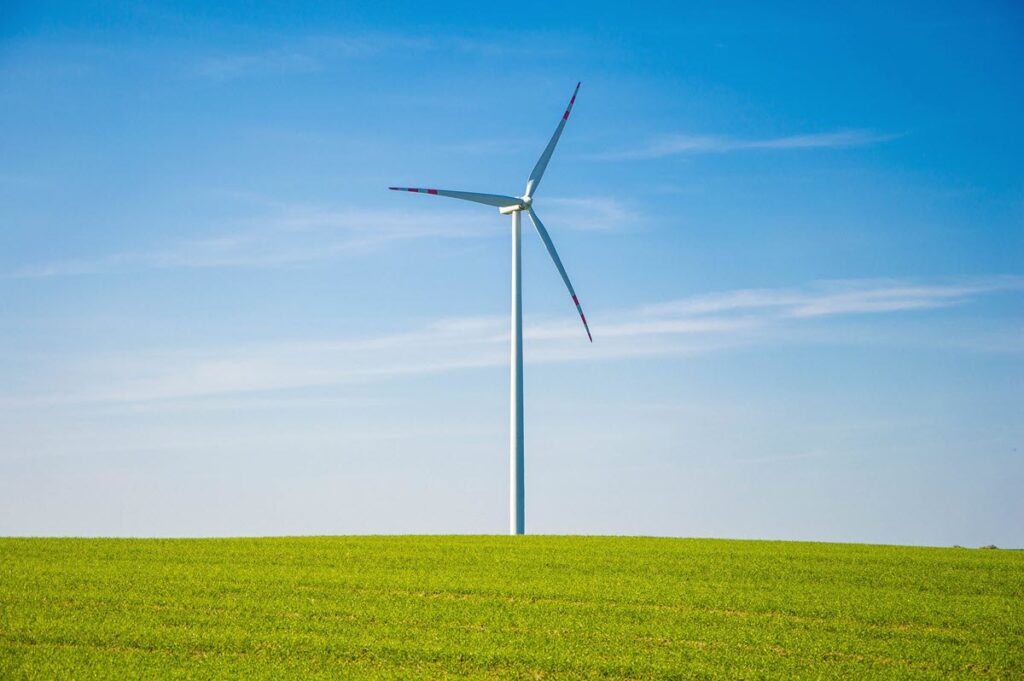
Vodafone has signed up to the UNFCCC Race to Zero campaign and aims to achieve net zero carbon emissions across its entire value chain by 2040. To decarbonise its supply chain, Vodafone used climate clauses and blended them with its existing environmental compliance provisions in its supplier agreements. This has also helped to enhance its procurement processes.
How did they do this?
Vodafone implemented additional clauses in its existing environmental compliance provisions in procurement contracts. They also added extra questions to their Requests For Quotation (RFQ) process.
At the start of the project, Vodafone ran a robust consultation process with internal specialists and external legal stakeholders. It created two clause templates for suppliers, depending on the environmental risk of their business operations. The low risk supplier template included lighter touch obligations and enforcement provisions to accommodate the capacity of SMEs and lower emitting suppliers. The high risk supplier template included more detailed and onerous obligations tailored to suppliers with larger carbon footprints, such as reporting and termination provisions and options for alternative drafting.
What are the key takeaways?
- Climate clauses can be tailored to manage the environmental risk of different categories of suppliers.
- It is important that clause implementation is supported by a robust process. Get buy-in from senior colleagues, consult specialist departments across the organisation and consider advice from external stakeholders.
- Discuss the value, challenges and feasibility of using climate clauses. Collaboration with colleagues will enhance understanding and drive the impetus for change through contractual solutions.



